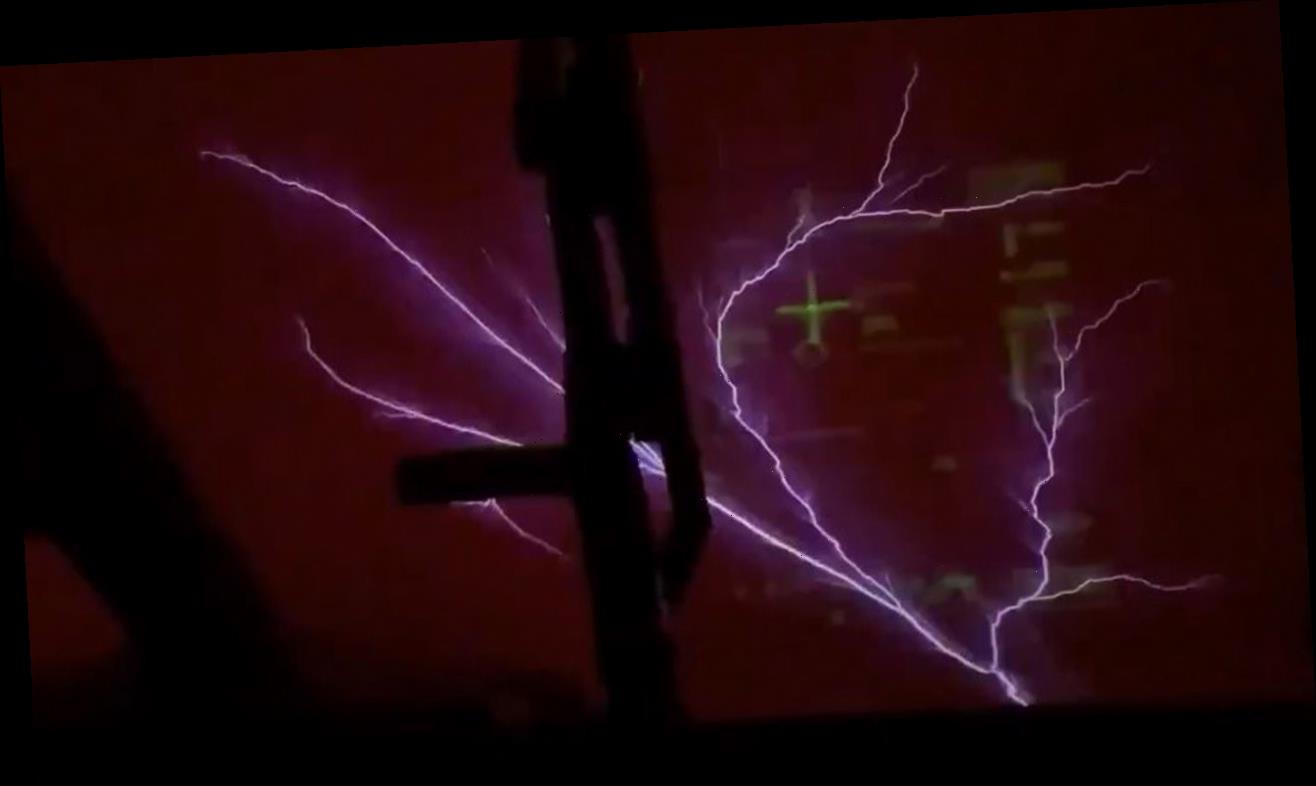What you need to know about lightning safety
Here’s what the experts say to do during a lightning strike
High in the skies during a recent nighttime flight near the equator, a military aircrew captured a rare weather phenomenon outside their window.
The Royal Air Force’s 99 Squadron released a video on Monday showing the phenomenon known as a "St. Elmo’s Fire."
The fork-shaped discharge of atmospheric electricity is not lightning but has a similar look.
RARE WEATHER PHENOMENON 'ST. ELMO'S FIRE' CAPTURED BY HURRICANE HUNTER AIRCRAFT IN NORTH ATLANTIC
The RAF said the C-17 crew experienced it while flying through the Inter Tropical Convergence Zone (ITCZ) at night.
Video released by the RAF on Twitter shows the flashes of light as the aircraft flies in darkness.
"The electrical weather phenomenon of St Elmo’s Fire isn’t dangerous, but it usually means you’re surrounded by storms!" the RAF tweeted.
The ITCZ is the region that circles the Earth, near the equator, where the trade winds of the Northern and Southern Hemispheres come together.
HUGE BIRD MIGRATION SPOTTED ON WEATHER RADAR
According to Encyclopedia Britannica, the phenomenon, also known as a corona discharge, is “commonly observed on the periphery of propellers and along the wingtips, windshield and nose of aircraft flying in dry snow, in ice crystals or near thunderstorms."

St. Elmo’s fire can be seen outside a Royal Air Force C-17 aircraft near the equator.
(99 Squadron RAF)
When it appears in a strong electric field in the atmosphere, it's also commonly accompanied by a "cracking or hissing noise."
St. Elmo's Fire is typically seen during thunderstorms when the ground below the storm is electrically charged, and there is high voltage in the air between the cloud and the ground, according to Scientific American.
"The voltage tears apart the air molecules and the gas begins to glow," electrical engineer William Beaty notes.
CLICK HERE FOR MORE WEATHER COVERAGE FROM FOX NEWS
While St. Elmo's Fire may not be dangerous to those on the ground, it does give a warning about potentially stormy weather ahead.
Lightning strikes in these U.S. states the most
Boaters may experience the phenomenon before a lightning strike since marine vessels are often the tallest objects in a large open space and can attract strikes.
"The glow on a masthead produced by an extreme buildup of electrical charge is known as St. Elmo’s Fire," the National Weather Service notes. "Unprotected mariners should immediately move to shelter when this phenomenon occurs. Lightning may strike the mast within five minutes after it begins to glow."
CLICK HERE FOR THE FOX NEWS APP
Source: Read Full Article


